Explanation
Moaksan Mountain, embracing Geumsansa Temple, Gwisinsa Temple, Suwangsa Temple, and Daewonsa Temple, is 795.2 meters high and stands tall on the east side of the Gimje Plains, offering a panoramic view of the Honam Plains. It was designated as a provincial park in 1971 and is one of the four scenic views in the southern region, with outstanding scenery and many cultural properties, including national treasures. In particular, Geumsansa Temple, built in the first year of King Beop of Baekje (599) and with about ten major cultural properties, is located here, where you can see splendid Buddhist art. If you cross Moaksan Mountain, there are temples such as Daewonsa Temple and Suwangsa Temple on the southeastern slope. Gwisinsa Temple is on the west side. Geumpyeong Reservoir, located near the Geumsansa Temple entrance, is also a suitable fishing spot.
Moaksan Mountain has been considered the home of the Maitreya beliefs since ancient times, and along with the headquarters of Jeungsangyo, it also attracted attention as a gathering place for various new religions in the 30s and 40s. According to records, as many as 80 temples are at the foot of Moaksan Mountain. To hike, leave Geumsansa Temple and climb along the ridge behind Simwonam Hermitage. In spring, azaleas are in full bloom all the way to the top. From the summit, the Gimje Plains and the Mangyeonggang River come into view, as well as Jeonju and Unjangsan Mountain. The cherry blossom tunnel from the parking lot to Iljumun Gate is also spectacular.
Inquiry
+82-63-540-3103
Information Use
Contact and Information : +82-63-540-3103
Parking facilities : Available
Day off : N/A (Open all year round)
Hours : Spring and fall 06:00-19:00
Summer 06:00-20:00
Winter 07:00-18:00
More information
Hiking Course
Gui Middle School - Geumsansa Temple Course
Daewonsa Temple - Geumsansa Temple Course
Sanghak - Jungin-dong Course
Geumsansa Temple - Daewonsa Temple Course
Moaksan Masil-gil Trail (Course 1 & 2)
Available Facilities
Campground, arboretum, rest area, grass plaza, restaurant, souvenir shop, etc.
Admission Fees
Free (* Fee applies to Geumsansa Temple)
Restrooms
Available
Location
Moak 15-gil, Geumsan-myeon, Gimje-si, Jeonbuk-do
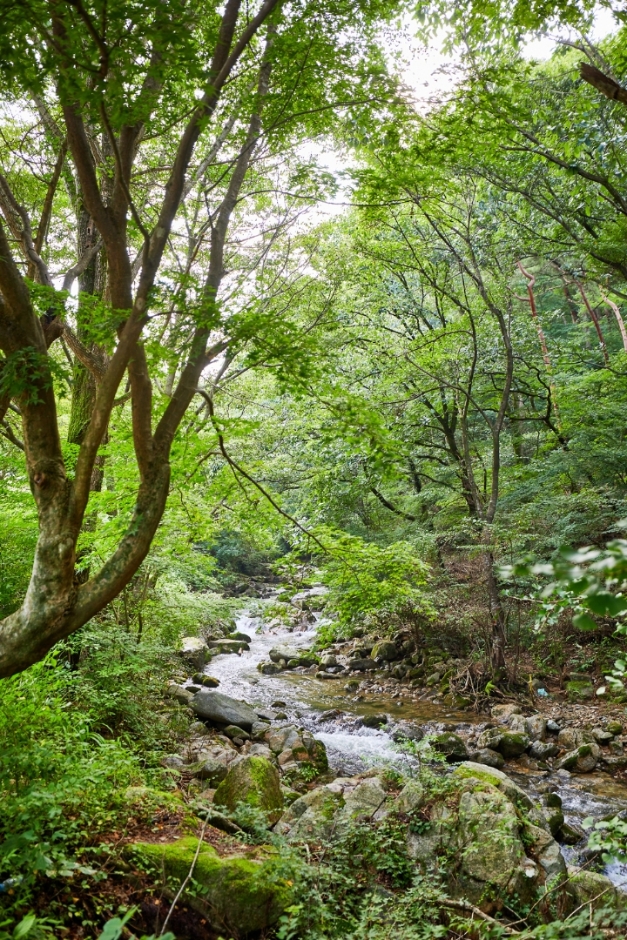
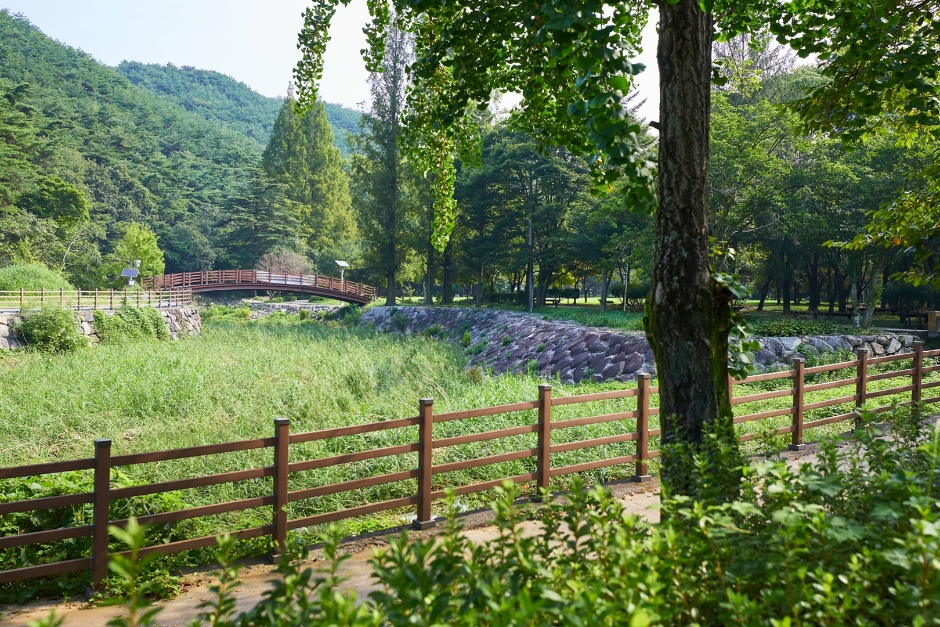
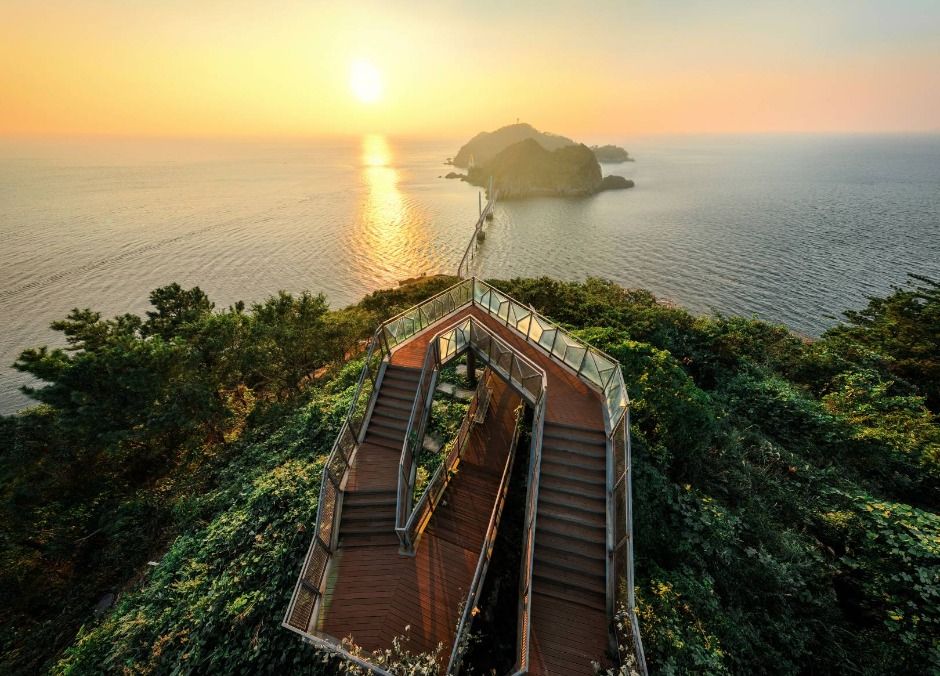
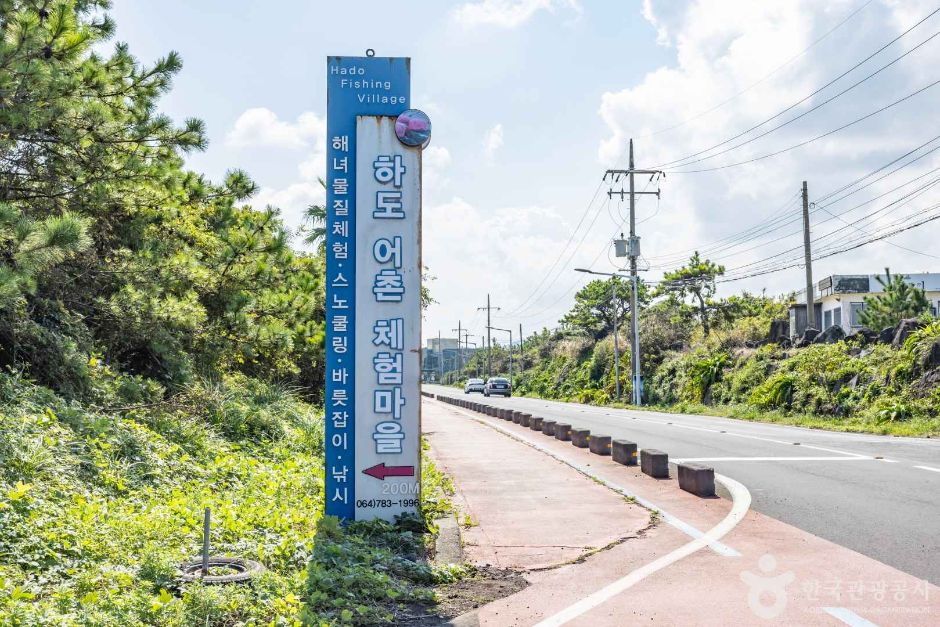
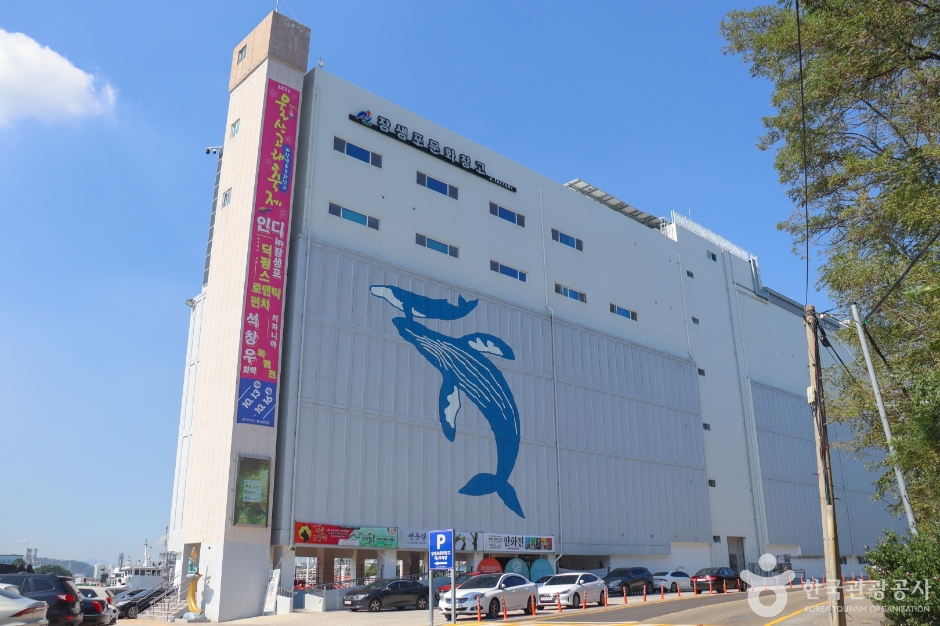
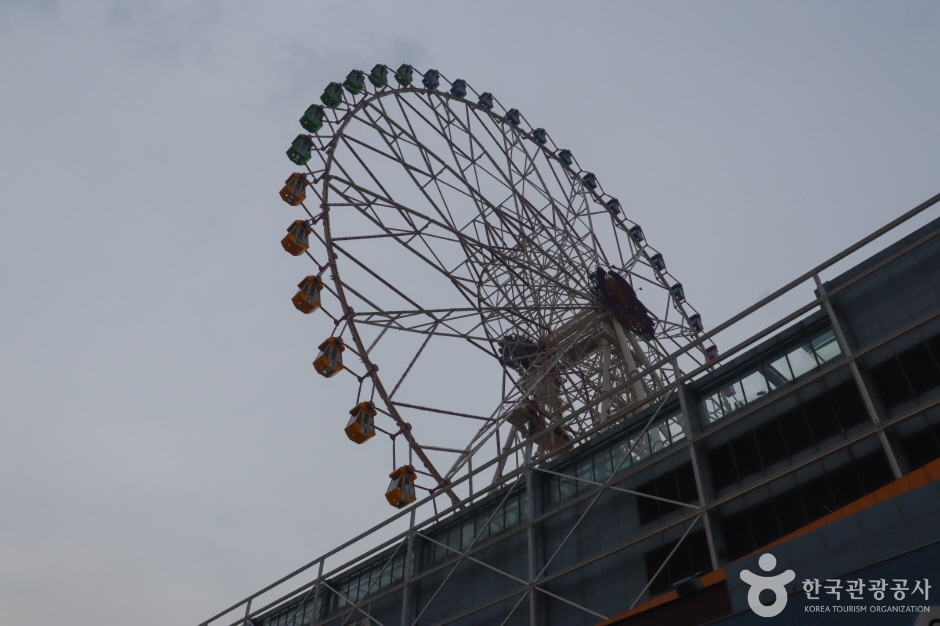

 English
English
 한국어
한국어 日本語
日本語 中文(简体)
中文(简体) Deutsch
Deutsch Français
Français Español
Español Русский
Русский